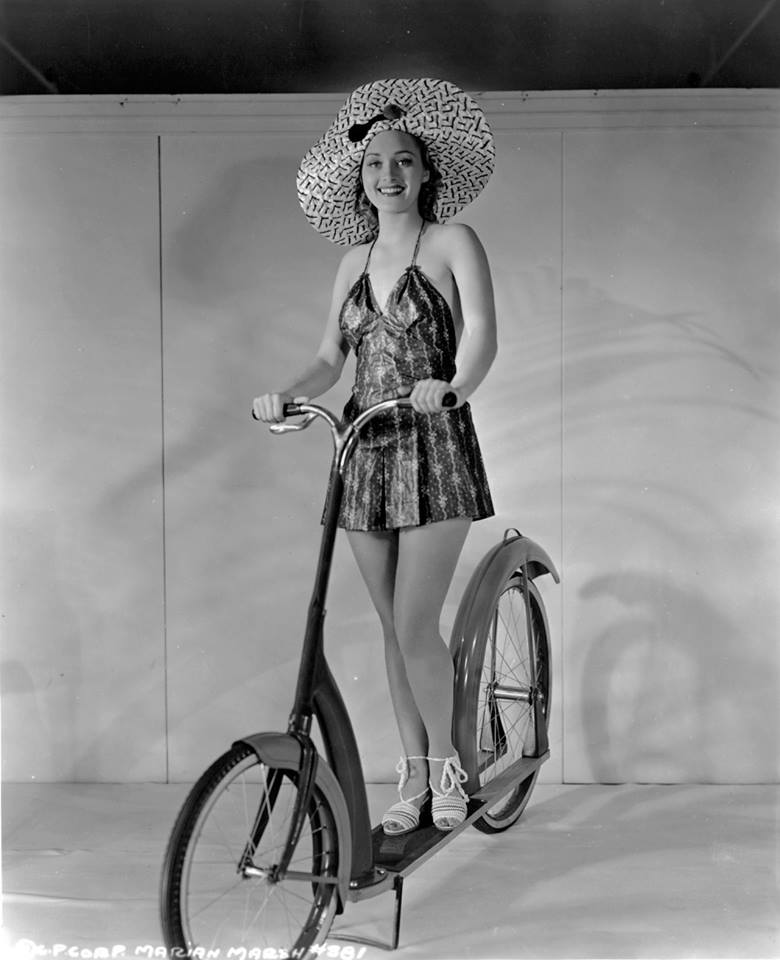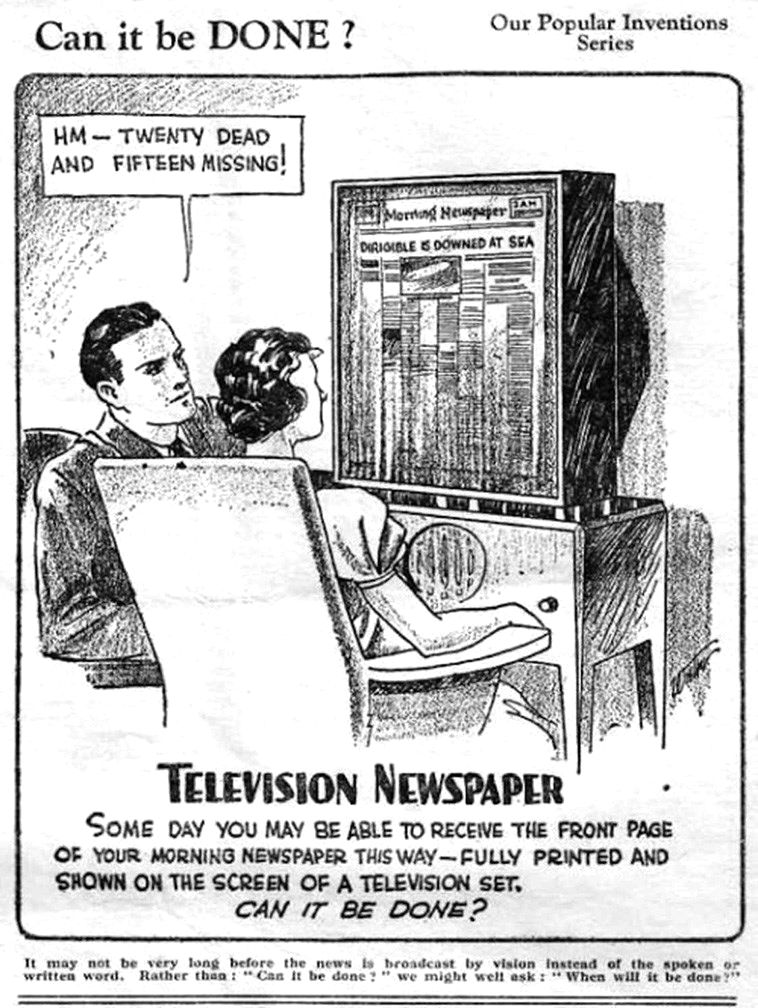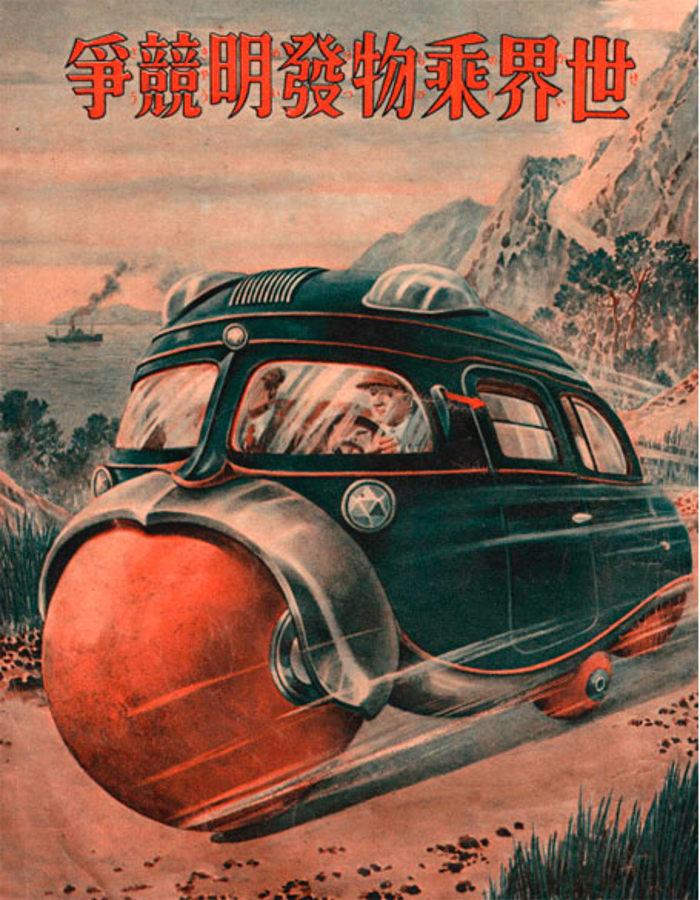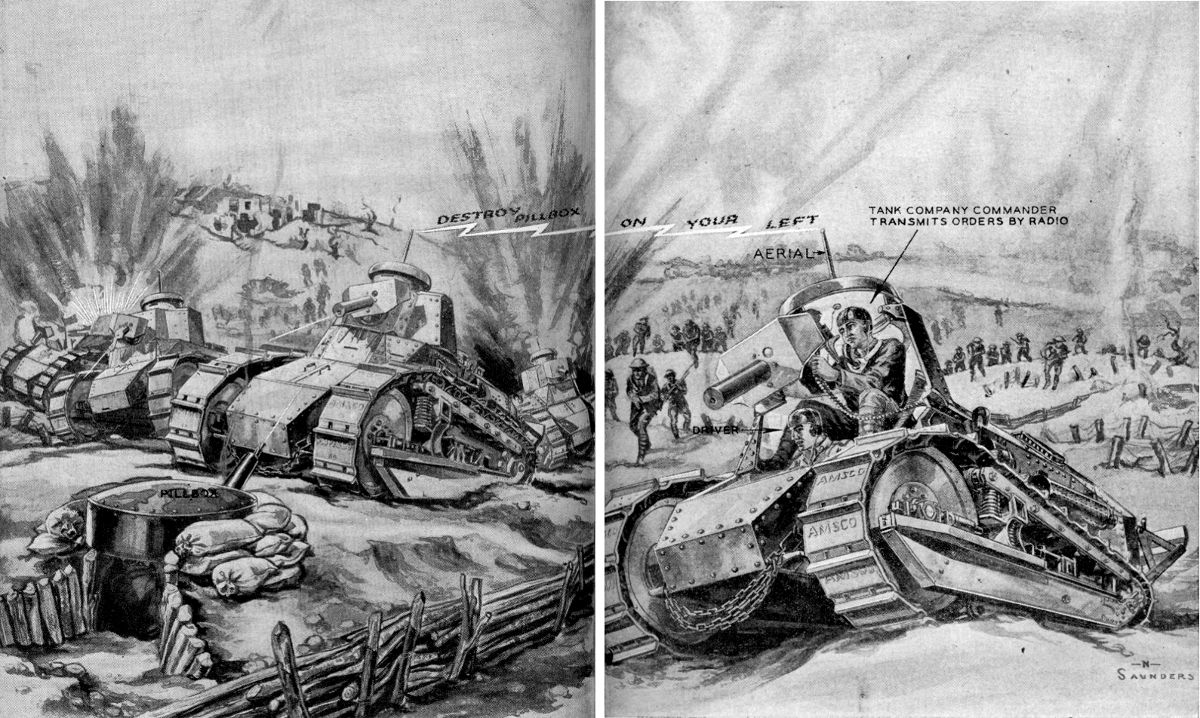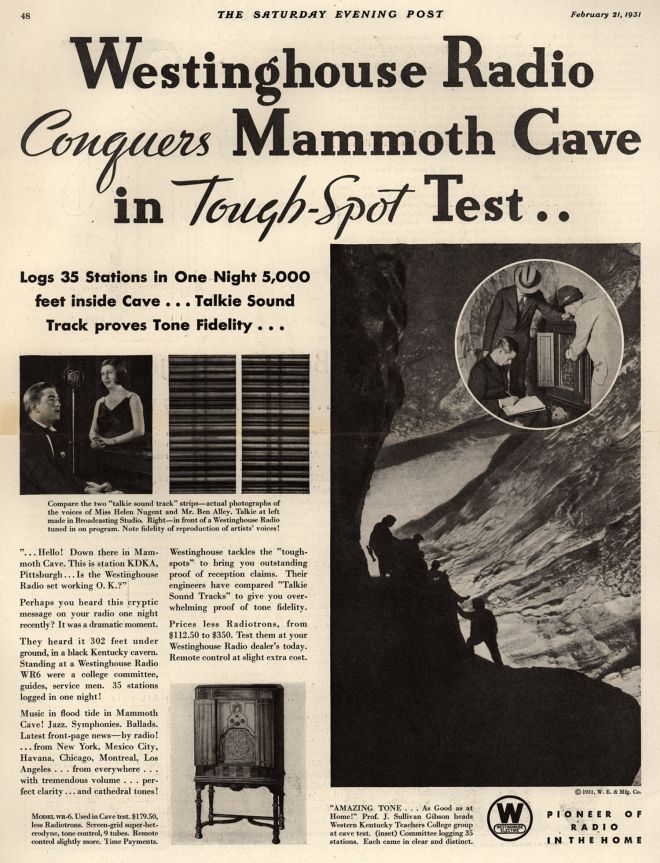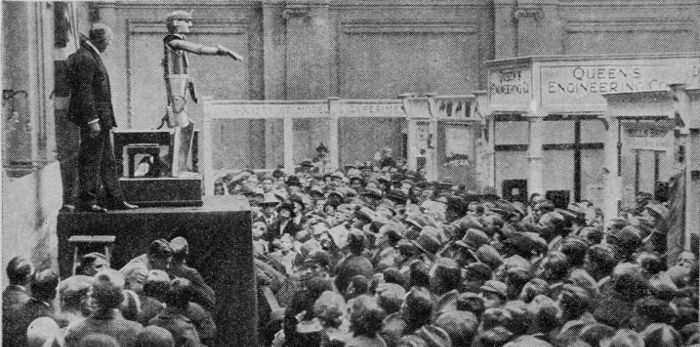Marian Marsh posing on an Ingo-Bike. The bike had a springy foot board and no pedals. The bicycle was propelled forward by a combination of pulling on the steering bar and body movement.
Category: Technology
It’s the greatest thing since sliced bread! (1930)
Television Newspaper, 1934
Iter-Auto, 1930
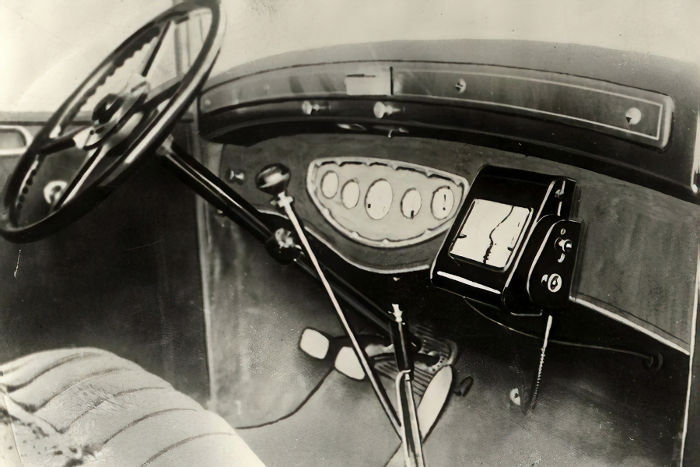
In car navigation has its roots back in the 1930s when an Italian company invented the Iter-Auto. The Iter-auto was attached to the dashboard and synced up with the car’s speedometer, the device would use routes printed on long paper scrolls. Besides the route you were taking, the maps would also feature info on hotels, garages, diners and the like.
Continue reading “Iter-Auto, 1930”
Bean’s Breech-Loading Gun Cane, 1885
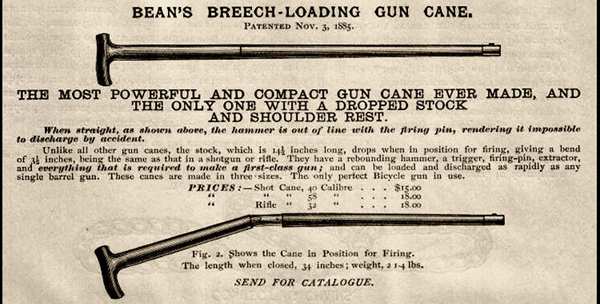
GM Futureliner
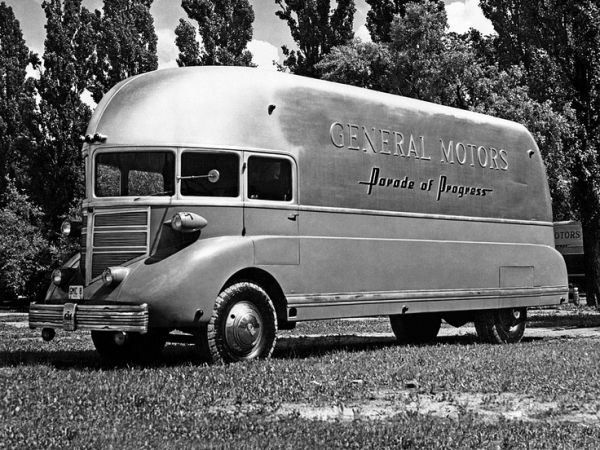 Futureliner, 1936
Futureliner, 1936
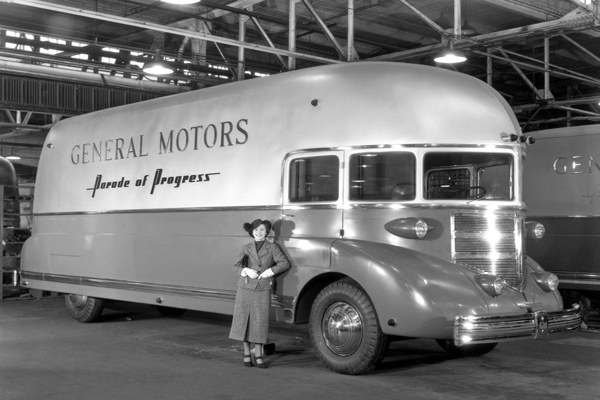 Futureliner, 1940
Futureliner, 1940
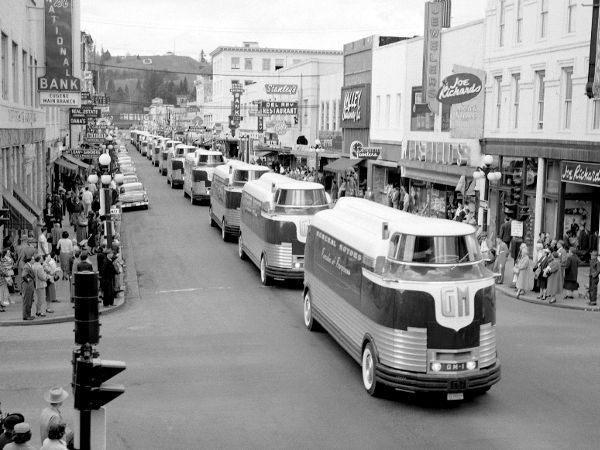 Futureliner Parade
Futureliner Parade
Solar Powered Aerial Landing Field, 1934
Modern Mechanix, October, 1934. Art by Norman Saunders
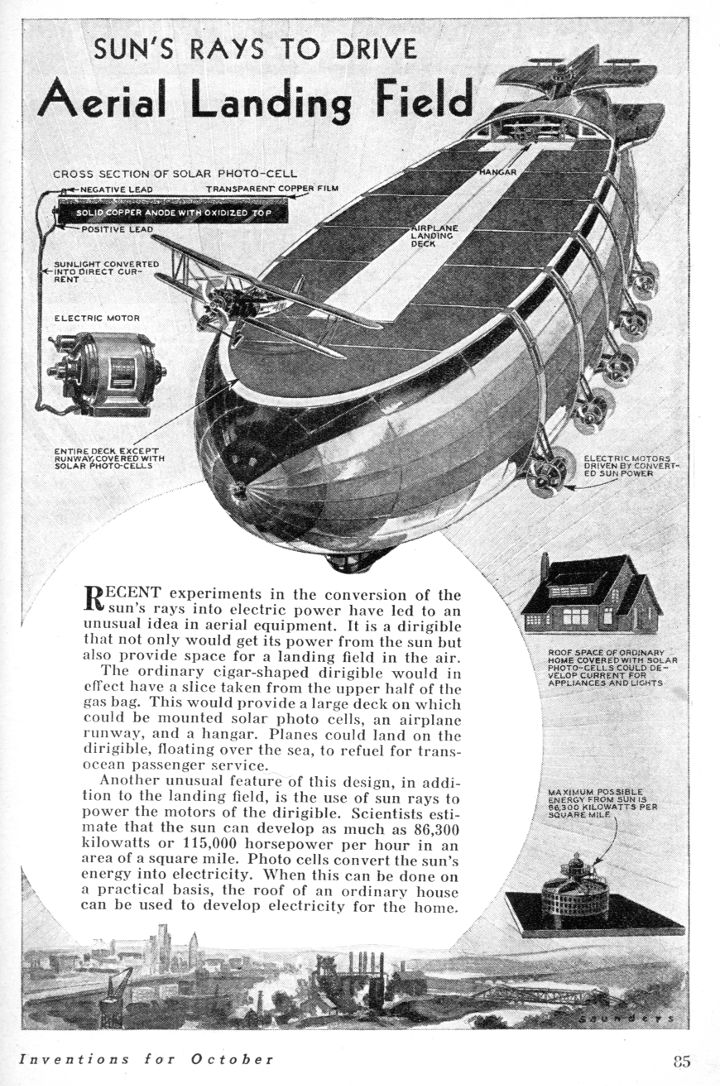
Japanese Concept Vehicles, 1936
Radio Linked Tanks, 1930
Tank Maneuvers Controlled by Radio
Developments in the mechanization of the army is the installation of radios in tanks for the transmission and receipt of orders. Control of tanks in action, since they were first introduced by the British during the World war, has been at once an important and difficult task, hitherto performed by officers who walked beside the tank and signaled with flags—a duty both dangerous and unsatisfactory. Modern tanks are now being equipped with radio, the company and section commanders having both receiving and short-wave transmitting sets, while the other tanks are only equipped to receive. The illustration shows a tank company advancing to clear the way for the infantry. The tank in the foreground is cut away to show the driver and the company commander seated in the turret. The commander has spotted the camouflaged pillbox in the left foreground and is sending an order by radio to the tank on his right to turn and smash the emplacement. Tanks shown here are armed with machine guns, other types are equipped with small cannon. (Modern Mechanix Dec, 1930)
